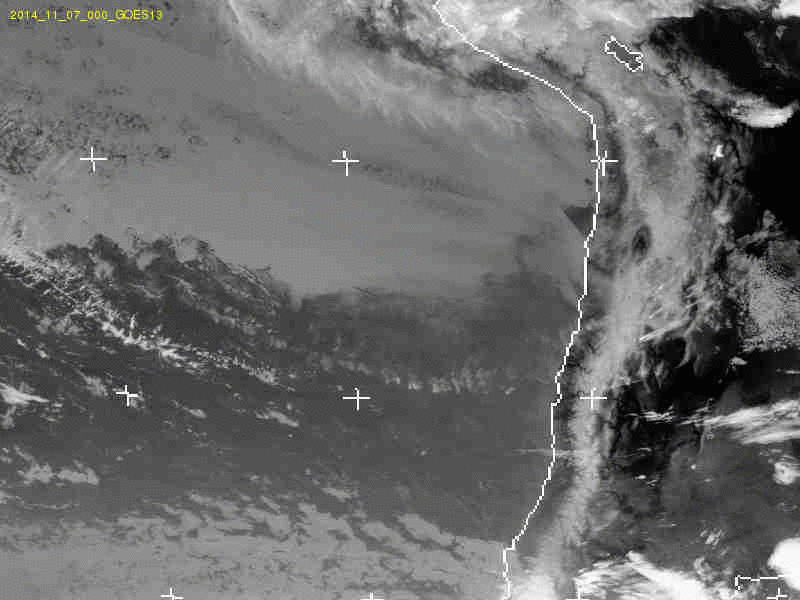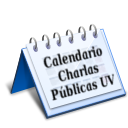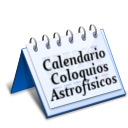PhD: University of Nottingham
Research area: galaxy evolution, galaxy clusters, large scale structure
Publications: https://www.ifa.uv.cl/sites/yara/pubs.html
Telephone: (+56 32) 250 8309
email: This email address is being protected from spambots. You need JavaScript enabled to view it.
Website: https://www.ifa.uv.cl/sites/yara/index.html
About my research: Most of my research is focused on the understanding of galaxy formation and evolution as a function of cosmic time and environment. In particular, I study the different physical processes that affect galaxies in clusters, groups and cosmic filaments, combining multi-wavelength data with cosmological simulations. I am part of several international collaborations, including GASP, which is dedicated to understanding the gas cycle of galaxies in the so-called "jellyfish galaxies" in great detail.

PhD: University of Nottingham, UK (2010).
Research Area: numerical simulations, cosmology and gravitation.
email: graeme.candlish at uv.cl
Website: https://www.ifa.uv.cl/sites/graeme/
About my research: My work is focused on the study of gravity, and particularly modifications to General Relativity. These modifications have consequences for the formation of structure in the Universe, and for the evolution of galaxies and galaxy clusters. My research uses analytical and numerical methods (computational simulations).
Teaching: Undergraduate courses: "Introducción a las Menciones (Computación Científica)", "Termodinámica" and "Mecánica Intermedia".
See my research at: Cosmology - Gravitation - Galaxy Formation and Evolution.
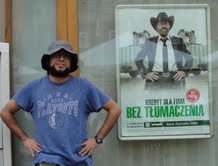
PhD: Universidad Federico Santa María (2009)
Research Area: Gauge / Gravity Dualities, Hadron Physics, AdS / QCD
Publications: INSPIRE
Telephone: (+56 32) 250 8228
email: alfredo.vega at uv.cl
About my research: Application of Gauge / Gravity dualities in Hadronic Physics in the Bottom - Up approach using AdS / QCD models as well as Light Front Holography. Study of very energetic Cosmic Rays and some aspects of hadronic phenomenology using quark potential models.s.
Teaching: Mechanics, Mathematical Methods of Physics I and II, Contemporary Physics.
See my research in: Particle Physics - Gravitation
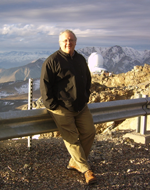
Dr. rer. nat.: Physik, Ludwig-Maximillians University - Munich, Germany (1992)
Research Area: Massive Stars, Stellar winds, hydrodynamics, Radiative transport, Numerical Methods, Astrostatistics, Astrometeorology
Publications: ADS
Telephone: (+56 32) 250 5519
email: michel.cure at uv.cl
About my research: My main line of research is massive stars, and particularly the manner in which they lose mass (stellar winds and hydrodynamics). We use different codes for obtaining the synthetic spectra of stars, Hydwind (developed by our group), FASTWIND & CMFGEN for radiative transport. We also do research in Astrostatistics, applying new statistic tools for solving astrophysical problems, for example in the distribution of rotational velocities of stars or the distribution of mass ratios in binary systems. Another area we cover is Astrometeorology, that is, understanding and predicting the atmospheric conditions over international observatories built in Chile. We pay particular attention to precipitable water vapor predictions and seeing.
See my research in: Variability - Data Bases, Surveys and Virtual Observatory - Astrometeorology
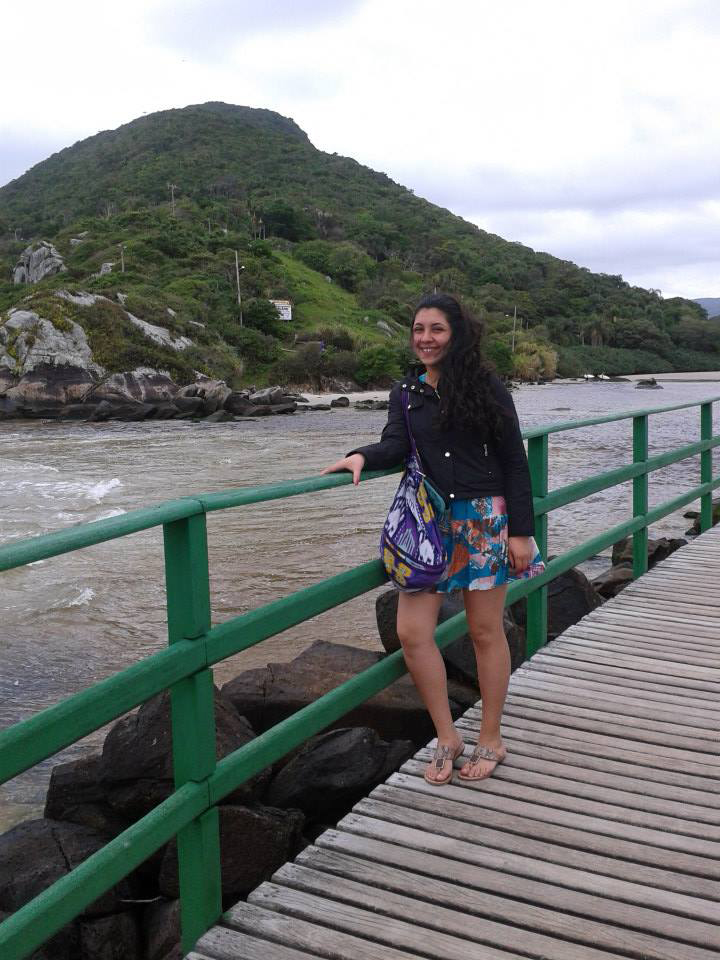
PhD: PhD in Astrophysics, Universidad de Valparaíso
Area de investigación: Massive stars, stellar winds, Be stars, line variability
Publicaciones: https://ui.adsabs.harvard.edu/#search/q=author%3A(%22Arcos%2C%20C%22)&sort=date%20desc%2C%20bibcode%20desc
Teléfono: (+56 32) 250 8301
correo electrónico: This email address is being protected from spambots. You need JavaScript enabled to view it.
Página web: //
Sobre mi investigación: Mi investigación se centra en el estudio de variabilidad de las estrellas Be, los parámetros de disco y estelares, su tasa de pérdida de masa y la conexión con la formación del disco. Para hacer esto, creamos el sitio web de BeSOS: https://besos.ifa.uv.cl que contiene espectros HR reducidos de las estrellas del sur de Be observadas con el espectrógrafo PUCHEROS. Restringimos los parámetros estelares de 71 estrellas Be usando atmósferas de modelado estelar. Las velocidades de rotación proyectadas se obtuvieron para todos los espectros, así como EW, DPS, V / R en la línea Halpha.
Cursos de pregrado: Introducción a la Física, Fundamentos de la Física, Física (Filosofía)
Curso de postgrado "ATLAS of Be stars" (MAS)




